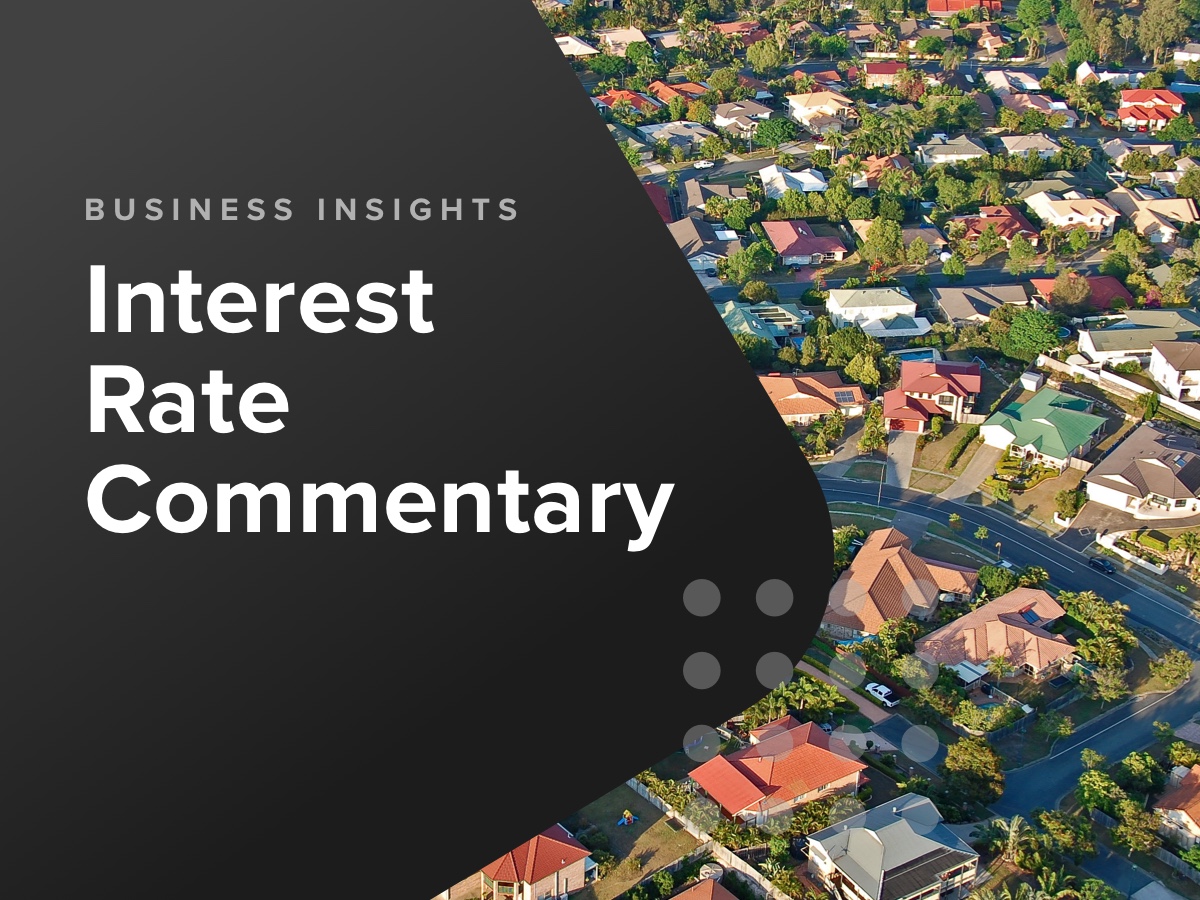The Reserve Bank of Australia chose to keep the cash rate on hold at its February meeting, which came as a huge relief to both household and business borrowers around Australia. This was the first meeting of the RBA under the new meeting schedule, with the next cash rate update now not due until March 19th.
December quarter inflation fell sharply from 5.4 per cent to 4.1 per cent, indicating that the monetary policy measures the RBA has taken to date are now working well to bring down inflation. Coupled with retail sales that were flat in trend terms over January 2024 and rising unemployment, which now sits at 4.1 per cent seasonally adjusted, it is likely we are at the peak of this cash rate cycle. Incoming data over the next few months, particularly covering monthly inflation and labour force, will be closely monitored by the RBA for signs of further weakness in the economy.
CreditorWatch’s Business Risk Index (BRI) data for January 2024 revealed that the average value of B2B invoices is now at a record low. Spending at cafes and restaurants is below levels seen in August and September, which is highly unusual in Australia, where we typically spend more in this sector of the Christmas and summer holiday period.
Businesses are clearly feeling the impact of reduced consumer spending, even if they are not direct retail traders. It is unlikely we will see a decent recovery in turnover and the average value of invoices until we get closer to a drop in the cash rate. This is not likely to happen before Q3 2024.
Inflation
Monthly CPI remained steady at 3.4 per cent, although showed a moderate decline when removing volatile items and holiday travel. Housing, particularly rents continue to put pressure on the inflation rate, with rents rising 7.4 per cent over the year to January 2024, which was the same rate recorded in December. Insurance and financial services cost inflation also remained high, and steady, at 8.2 per cent.
There was a modest increase in food and non-alcoholic beverage inflation, caused mainly by an increase in the price of fruit and vegetables, which declined in price by 2.2 per cent over the year to December, but increased again by 1.6 per cent over the year to January. Given fruit and vegetable prices do jump around based on seasonal and weather factors, this should not give the RBA much cause for concern.
Labour Force
Labour force data points to a continued slow down in the economy, with the unemployment rate rising by 0.1 per cent to 4.1 per cent, seasonally adjusted. Over the year to January 2024, the number of unemployed people has increased by 14.9 per cent, while the number of employed people has increased by 2.6 per cent. Given the large increase in population, there is clearly much more ‘slack’ in the labour force now than even one year ago, and many more people either looking for work or looking for more hours. The employment to population ratio is now at 64.1 per cent, the lowest level since April 2022, although this is still considerably higher than pre-Covid levels.
Given slowing business conditions, and a continued reduction in average value of invoices, we expect the unemployment rate to continue to track upwards over the next six months.
Retail Trade
Retail trade increased in seasonally adjusted terms by 1.1 per cent but was flat in trend terms. Given that retail trade jumps around quite dramatically between November, December and January, the trend data is important to consider and, as the ABS suggests, indicates there is no underlying growth in retail trade by Australian consumers.
In good news for café and restaurant owners, there was a bounce back in spend in this category, with turnover increasing by 1.3 per cent month on month. However, in total turnover terms, Australians still spent less at cafes and restaurants than they did in September 2023. Similarly, overall retail turnover is only 0.2 per cent higher than it was in September on a seasonally adjusted basis. Australian consumers are clearly watching their spend and making adjustments due to high housing costs for the roughly 60 per cent of Australians who rent or have a home loan.
Business and Consumer Sentiment
Consumer confidence survey data released by Westpac this month showed an unexpected increase in confidence among consumers in February. While sentiment is still in deeply pessimistic territory, this month’s survey recorded the biggest lift in sentiment since April 2023.
However, Westpac did caution that the increase in sentiment seemed to be driven by the positive inflation news, but as the survey continued and the RBA board meeting minutes were released, responses were more restrained. That being said, this data gives us some indication that consumers believe the worst is behind us, although it is unlikely we will see any real improvement in discretionary consumer spending until a cut to the cash rate is firmly in sight.
Business sentiment and conditions continue to converge, with conditions now almost catching up to where sentiment lies. Business conditions are now a touch below their long run average – confidence improved slightly but remains below average. Conditions deteriorated the most in recreation and personal services and finance, business and property. Trend conditions in the retail sector remain the worst of all industries.
Overall, this data tells us that businesses are expecting weaker conditions over the next six months at least, and have been preparing for this for some time. Consumers seem to be watching data trends closely, but maybe reacting a little too quickly to good economic news. Regardless, given the low levels of savings and very high housing costs that both renters and mortgage holders are paying, it won’t be until we see real relief in interest rates and rental inflation that discretionary spending will recover.
Interest Rates
The RBA kept the cash rate on hold at the February meeting, in a widely anticipated move given the incoming data showing easing inflation. Falling business sentiment and conditions, as well as very weak retail trade figures over December, gave the RBA further evidence that the economy is well and truly weakening, and that the monetary policy settings in place are tight enough such that they can continue to bring inflation down.
The RBA will now be closely monitoring monthly inflation, as always, as well as labour force data. If the unemployment rate rises more than anticipated – and the RBA currently expects the rate to be 4.2 per cent by June 2024, only 0.1 per cent higher than it already is – this will add to the case to ease monetary policy sooner rather than later.
Global
While inflation has eased to 3.1 per cent in the USA over the year to the end of January 2024, a higher than expected Producer Price Index has pushed market expectations of the first interest rate cut from Q2 2024 to around June 2024. The inflation rate in the UK is down to 4.2 per cent as at January 2024, the same rate recorded in December 2023. Similarly to Australia, UK inflation is being battered by high housing and household services costs. It is highly unlikely that the RBA will ease monetary policy prior to the US and UK markets, so any shift in expectations of rate cuts overseas does impact the timing of rate cuts locally.

Get started with CreditorWatch today
Take your credit management to the next level with a 14-day free trial.

